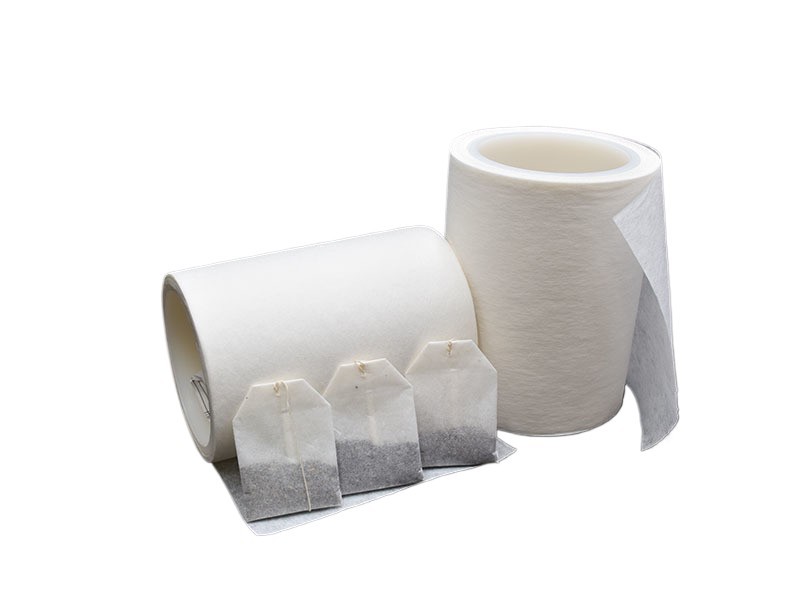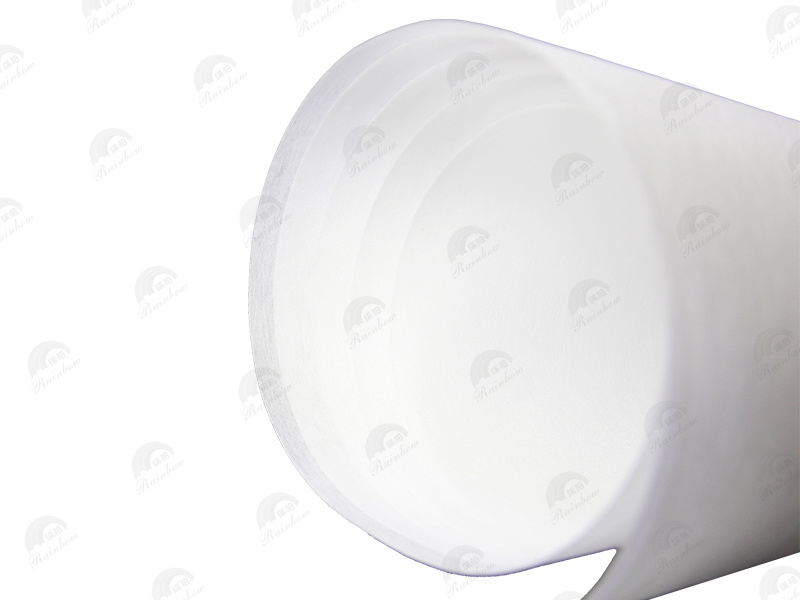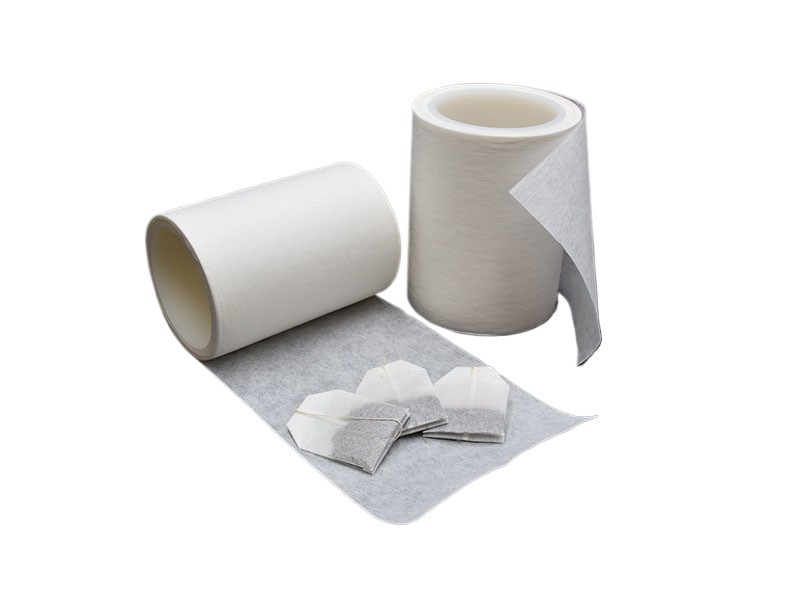Discover the Benefits of Lightweight Nonwoven Interlining for Shirts
Release time:
2025-07-02
Lightweight nonwoven interlining for shirts is an innovative material that has become increasingly popular in the textile industry. Unlike traditional woven interlinings, nonwoven options offer several unique benefits that can greatly enhance the quality and performance of garments. This article delves into the features and advantages of using lightweight nonwoven interlining, particularly in the context of shirt production.
One of the primary characteristics of lightweight nonwoven interlining is its structure. Made from fibers that are bonded together rather than woven, it creates a flexible and breathable layer. This is especially important in shirt manufacturing, where comfort and ease of movement are vital. Lightweight nonwoven interlining provides the necessary support to collars, cuffs, and various areas of the shirt while ensuring that the fabric remains soft and pliable. This means that shirts maintain their shape without compromising on comfort, making them ideal for everyday wear.
Another significant advantage of lightweight nonwoven interlining is its ease of use during the garment construction process. Since it is available in various weights and thicknesses, manufacturers can choose the right type of interlining that best suits their specific needs. The lightweight nature of this material makes it easy to handle and apply, reducing the time needed for production. Additionally, its compatibility with different fabrics ensures that it can be used across a wide range of shirt styles, from casual to formal wear.
Durability is also a key factor when considering lightweight nonwoven interlining for shirts. Unlike some traditional materials that may lose their shape after multiple washes, nonwoven interlining retains its properties effectively. This resilience translates into longer-lasting garments that maintain their appearance and fit over time. For consumers, this means less frequent replacements and a better overall investment in quality clothing.
Moreover, lightweight nonwoven interlining offers excellent thermal insulation, making it suitable for various climates. It provides warmth without adding bulk, ensuring that the wearer feels comfortable in a range of temperatures. This versatility makes it a preferred choice for designers looking to create shirts that can be worn year-round.
In conclusion, lightweight nonwoven interlining for shirts presents a multitude of benefits, including flexibility, ease of application, durability, and thermal insulation. By integrating this material into shirt production, manufacturers can enhance their offerings, creating stylish, comfortable, and long-lasting garments that meet consumer demands. As the textile industry continues to evolve, lightweight nonwoven interlining stands out as a valuable resource for those committed to quality and innovation.
One of the primary characteristics of lightweight nonwoven interlining is its structure. Made from fibers that are bonded together rather than woven, it creates a flexible and breathable layer. This is especially important in shirt manufacturing, where comfort and ease of movement are vital. Lightweight nonwoven interlining provides the necessary support to collars, cuffs, and various areas of the shirt while ensuring that the fabric remains soft and pliable. This means that shirts maintain their shape without compromising on comfort, making them ideal for everyday wear.
Another significant advantage of lightweight nonwoven interlining is its ease of use during the garment construction process. Since it is available in various weights and thicknesses, manufacturers can choose the right type of interlining that best suits their specific needs. The lightweight nature of this material makes it easy to handle and apply, reducing the time needed for production. Additionally, its compatibility with different fabrics ensures that it can be used across a wide range of shirt styles, from casual to formal wear.
Durability is also a key factor when considering lightweight nonwoven interlining for shirts. Unlike some traditional materials that may lose their shape after multiple washes, nonwoven interlining retains its properties effectively. This resilience translates into longer-lasting garments that maintain their appearance and fit over time. For consumers, this means less frequent replacements and a better overall investment in quality clothing.
Moreover, lightweight nonwoven interlining offers excellent thermal insulation, making it suitable for various climates. It provides warmth without adding bulk, ensuring that the wearer feels comfortable in a range of temperatures. This versatility makes it a preferred choice for designers looking to create shirts that can be worn year-round.
In conclusion, lightweight nonwoven interlining for shirts presents a multitude of benefits, including flexibility, ease of application, durability, and thermal insulation. By integrating this material into shirt production, manufacturers can enhance their offerings, creating stylish, comfortable, and long-lasting garments that meet consumer demands. As the textile industry continues to evolve, lightweight nonwoven interlining stands out as a valuable resource for those committed to quality and innovation.
Lightweight Nonwoven Interlining for Shirts
Previous Page
Previous Page
Latest News
Nantong Rainbow Technology Co., Ltd.
Telephone:+86-13587673537
E-mail:chrislc717@163.com
Address: Group 42, Xizansi Village, Xiting Town, Tongzhou District, Nantong City, Jiangsu Province

Copyright©2024 Nantong Rainbow Technology Co., Ltd. | Powered by www.300.cn
Copyright©2024 Nantong Rainbow Technology Co., Ltd.
Powered by www.300.cn




